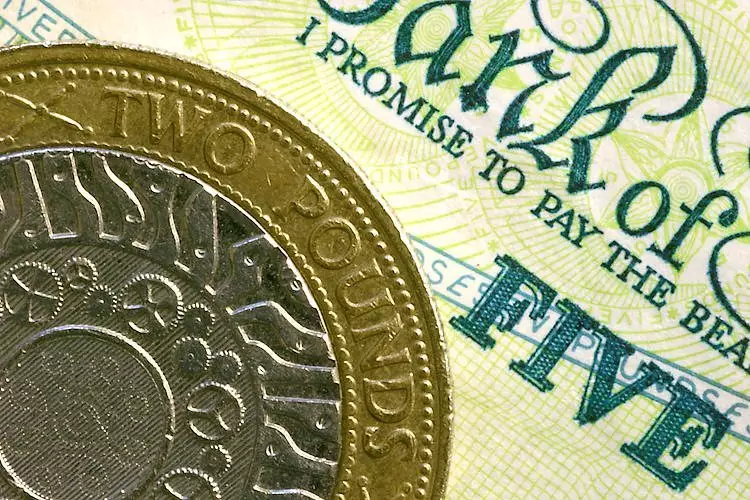The British Pound Sterling has experienced a significant dip against the US Dollar, a movement prompted by the release of strong ADP employment figures from the United States. This decline raises questions as the UK approaches its first major budget announcement from the Labour government in over a decade. As traders and analysts brace for potential tax increases and spending boosts, the market is becoming increasingly volatile, raising concerns over the pound’s stability in the short term.
The set of circumstances surrounding this currency fluctuation cannot be analyzed in isolation. With robust US employment data underscoring the strength of the US economy, the subsequent shifts in British currency values highlight the Pound’s inherent vulnerabilities. This situation is exacerbated by prevailing expectations that the Bank of England (BoE) will reduce interest rates by 25 basis points during its upcoming meeting on November 7. Such decisions, guided by the central bank’s outlook on economic conditions, reflect a cautious approach towards stimulating growth amid inflationary pressures.
As the UK gears up for its Autumn Forecast Statement, scheduled for 12:45 GMT, all eyes are on Chancellor of the Exchequer Rachel Reeves. The Labour administration, stepping into its role after more than 15 years, is expected to unveil a series of tax reforms aimed at rejuvenating the economy. Indicators suggest that these reforms may include increases in capital gains taxes, inheritance taxes, and national insurance contributions for employers, which could have far-reaching implications for both corporate and personal finances.
Market analysts, particularly from UBS, predict that the government’s strategy will revolve around three critical areas: adjustments in fiscal rules to create more borrowing capacity, tax hikes on significant income sources, and increased government spending on essential investment projects. Each of these components is interconnected, potentially leading to a revised outlook on the fiscal deficit, which could rise to 3.1% of Gross Domestic Product (GDP). The implications of such a deficit on inflation and monetary policy are considerable.
Reactions from investors will markedly hinge on the scale of the proposed tax increases and their subsequent impact on inflation. Should spending projections indicate an increase in the fiscal deficit, fears surrounding sustained inflationary pressures could deter bullish sentiments. This could lead to a recalibration of expectations relative to the BoE’s monetary policy, as a consequential interest rate cut might be viewed as insufficient to manage the rising price levels.
In light of this environment, traders are likely to reassess their positions concerning the Pound Sterling, particularly if imminent fiscal changes signal a longer-term shift in the UK’s financial landscape. The trading parameters for the Pound against other major currencies have started to signal uncertainty. With the GBP falling below the 1.3000 mark against the US Dollar, indicators such as the 50-day Exponential Moving Average (EMA) around 1.3070 suggest that significant resistance lies ahead.
As the currency market grapples with these developments, the technical aspects of the Pound’s position become crucial. The GBP/USD pair remains at the lower boundary of a rising channel formation, suggesting that if it remains below the 1.3070 EMA, the potential for bearish movement could be realized. The 14-day Relative Strength Index (RSI) hovering above 40 indicates that momentum is tepid, with key support levels looming around 1.2845.
For traders and analysts alike, understanding these technical levels and their interplay with fiscal announcements can provide critical insights into prospective market movements. While optimistic projections fuel discussions about recovery and growth, the upcoming budget announcement will ultimately steer the direction of policy and, by extension, the value of the Pound Sterling.
The dynamics at play concerning the Pound Sterling raise significant questions about the UK’s fiscal future. As the Labour government prepares to unveil its budget, the immediate impact of tax reforms and spending initiatives will likely dictate currency movements. Comprehensive understanding of these factors will be essential for investors looking to navigate this period of economic uncertainty while anticipating changes in monetary policy by the Bank of England. The results of the Autumn Forecast Statement will undoubtedly serve as a pivotal moment for the Pound, intrinsically linking its fate to the decisions made by policymakers in the weeks ahead.

